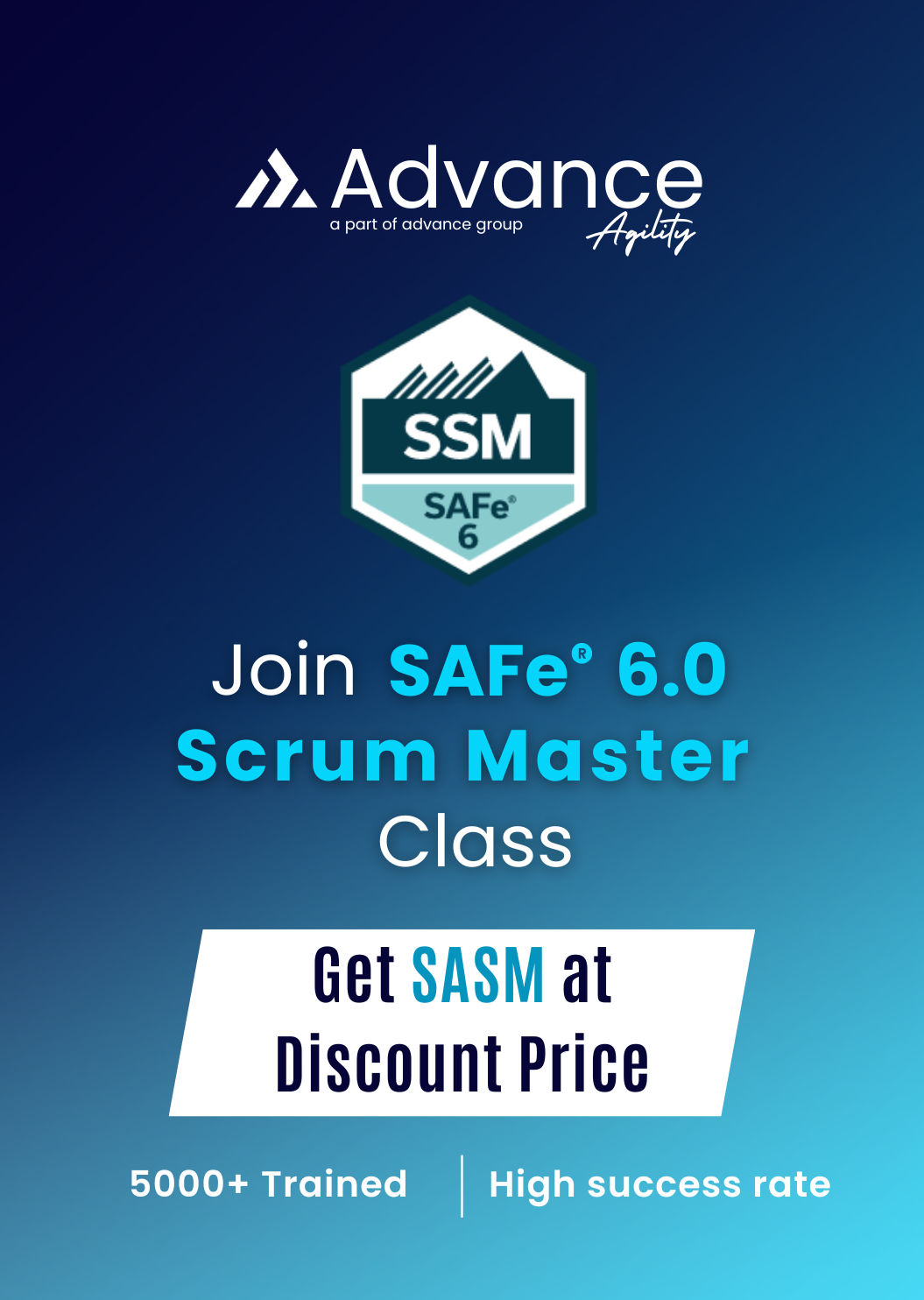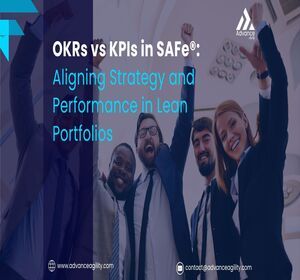OKRs vs KPIs in SAFe®: Aligning Strategy and Performance in Lean Portfolios
In SAFe®-driven organizations, delivering customer-centric value at scale requires more than Agile teams and high-speed delivery. It demands clarity of purpose and precision in execution—and that’s where OKRs (Objectives and Key Results) and KPIs (Key Performance Indicators) play a critical role.
When used effectively, OKRs and KPIs offer a powerful synergy—connecting strategic ambition with operational measurement, and enabling adaptive portfolio management rooted in both learning and performance.
Case Example: The Digital Airline Experience Portfolio
Let’s explore how one enterprise portfolio—Digital Airline Experience—uses OKRs and KPIs to drive transformation in both customer experience and operational excellence.
Portfolio Vision
Transform the airline's digital ecosystem to enhance customer satisfaction, operational efficiency, and revenue growth.
Value Streams & ARTs (Agile Release Trains)
1. Customer Experience Value Stream
Purpose: Enhance all customer-facing digital touchpoints—mobile apps, websites, check-in kiosks, and loyalty platforms.
ARTs:
- Mobile Engagement ART
- Digital Commerce ART
- Loyalty & Personalization ART
These ARTs operate independently within the same value stream.
2. Flight Operations Efficiency Value Stream
Purpose: Digitally optimize flight operations, turnaround processes, and ground logistics.
ARTs:
- Flight Planning ART
- Ground Operations ART
- Crew Management ART
These operate within a Solution Train to deliver coordinated solutions.
Portfolio-Level OKRs
|
Objective |
Key Results |
Linked KPIs (Value Stream) |
|
Enhance digital customer satisfaction |
- NPS ≥ 60 for digital services - 4.5+ star app rating - 20% drop in complaints |
CSAT, NPS in Customer Experience VS |
|
Improve operational efficiency |
- Reduce flight turnaround time from 47 to <35 mins - 95% on-time departure - 15% drop in baggage mishandling |
Turnaround Time, On-Time Rate in Flight Ops VS |
|
Drive digital revenue growth |
- Upsell conversion: 4% → 10% - Ancillary revenue: +25% - 30% of bookings via mobile app |
Conversion Rate, Revenue per Booking in Customer Experience VS |
Sample KPIs by Value Stream
Customer Experience KPIs
- Net Promoter Score (NPS)
- Mobile/Web Conversion Rate
- App Store Ratings
- Customer Retention Rate
Flight Operations Efficiency KPIs
- Avg. Turnaround Time per Flight
- % On-Time Departures
- Baggage Mishandling Rate
- Crew Schedule Adherence
OKRs vs KPIs in SAFe®: What's the Difference?
|
Aspect |
OKRs |
KPIs |
|
Level |
Portfolio |
Value Stream / ART |
|
Focus |
Aspirational, outcome-driven |
Operational, performance-focused |
|
Cadence |
Set quarterly (aligned with strategic planning) |
Tracked continuously (monitored at PI or Solution level) |
|
Purpose |
Drive learning and alignment on goals |
Monitor delivery health and execution effectiveness |
|
Example |
"Enhance digital customer satisfaction" |
"NPS, App Ratings in Customer Experience VS" |
Why the Integration of OKRs and KPIs Matters
In high-performing SAFe® portfolios, OKRs define where we want to go—strategic aspirations that guide teams toward impactful outcomes. KPIs, on the other hand, measure how well we’re doing—concrete metrics that inform progress and signal the need for course correction.
Together, OKRs and KPIs ensure:
- Strategic alignment across value streams
- Data-driven decisions at the portfolio and ART levels
- Continuous learning and improvement across the enterprise
Final Takeaway
In today’s fast-moving, digitally driven enterprises, agility isn’t just about speed—it’s about direction. By pairing well-crafted OKRs with actionable KPIs, SAFe® organizations empower leaders and teams to stay focused on what truly drives value while continuously improving how they deliver it.
The key isn’t choosing between OKRs and KPIs—it’s mastering the balance between ambition and accountability.
view Count
47



